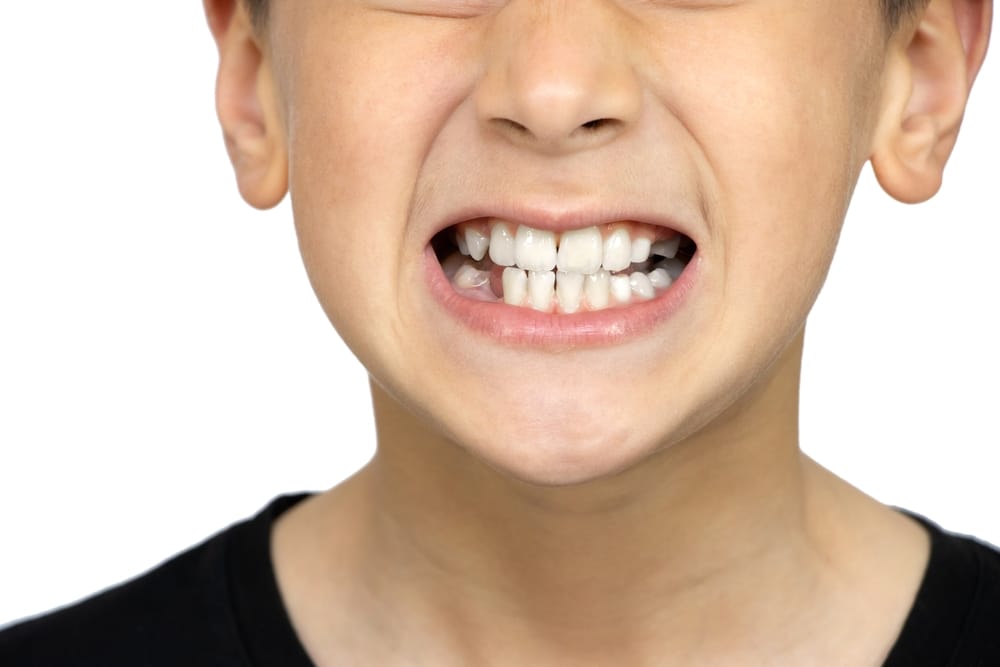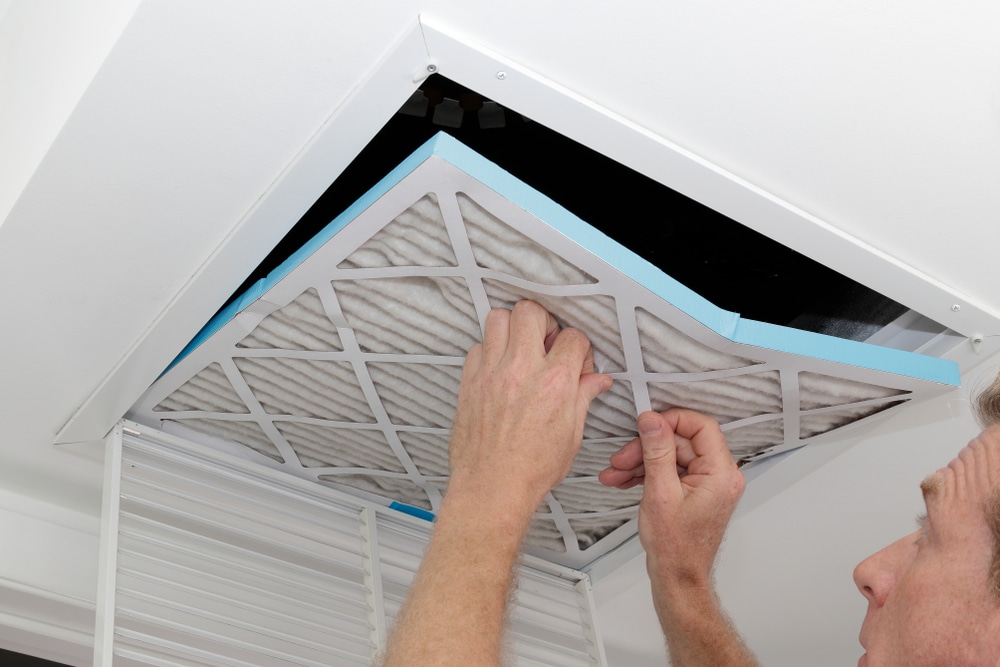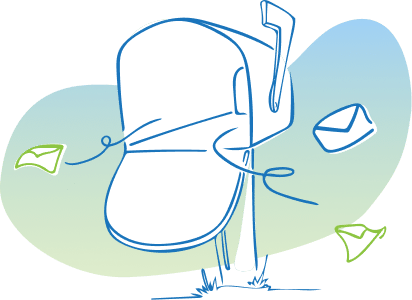Bruxism, commonly known as teeth grinding or clenching, is a prevalent medical condition affecting people of all ages. For Infants, toddlers and children up to the age of 18 years, it is especially crucial to address this issue early on, as it can lead to a range of dental problems, including tooth wear, face pain, and disturbed sleep.
While many kids outgrow bruxism as parents, it is essential to be aware of the causes of most tooth grinding and take proactive steps to manage and treat the condition.
In this article, we will delve into the causes of tooth grinding in children and discuss the importance of addressing this issue as soon as possible.
Understanding Bruxism in Children
Bruxism is a common condition in which an child involuntarily grinds, clenches, or gnashes their teeth, usually during sleep. Children may also grind their teeth during the day, although it is less common.
There are two types of bruxism: awake bruxism and sleep bruxism. Awake bruxism occurs during the day and is often associated with anxiety, stress, or hyperactivity. Sleep bruxism occurs during sleep and is usually characterized by rhythmic grinding or clenching of teeth.
Studies show that bruxism is prevalent in children, with prevalence rates ranging from 13% to 49% in different age groups. Children between the ages of 3 and 6 years are most likely to experience tooth grinding, although it can occur in children of any age.
Untreated bruxism can have several consequences for children. Pathological tooth destruction is one of the most significant effects of untreated bruxism, which can lead to cavities, fractures, and eventual loss of teeth.
Additionally, dental procedures on permanent teeth such as prosthetic reconstruction may fail due to the excessive forces from tooth grinding.
Bruxism can also cause a temporomandibular joint disorder which is pain in the temporomandibular joint (TMJ) and craniofacial muscles. When children grind their teeth, they may experience limitations in mandible mobility, making it difficult for them to open their mouths. Headaches are another common side effect of bruxism.
Causes of Bruxism in Children
Bruxism, among children, is characterized by grinding or repeatedly clenching the teeth, often during sleep. While occasional teeth grinding is not a cause for concern, persistent bruxism can lead to dental problems, headaches, and jaw pain.
In this section, we will review the potential causes of child bruxism, including physical, medical, and psychological factors. It is important to note that bruxism is a condition with many causes so establishing a root cause is not possible in all cases.
Physical Factors
Sleep Disorders Sleep disorders such as sleep apnea, snoring, and restless leg syndrome are common causes of bruxism in children. Sleep apnea, in particular, can cause a child to grind their teeth as they struggle to breathe during sleep. In such cases, treating the underlying sleep disorder can resolve bruxism.
Malocclusion Malocclusion refers to jaw misalignment, which can cause an improper bite and lead to teeth grinding.
Children with malocclusion may experience bruxism as they try to find a comfortable position for their jaw during sleep. Treatment for malocclusion, such as braces or dental appliances, can often alleviate bruxism.
Genetics and Family History Research suggests that genetics and family history may play a role in the development of bruxism.
Teething or ear infection are also potential causes of bruxism.
Children whose parents or siblings have a history of bruxism are more likely to develop the condition themselves.
While genetic factors cannot be changed, awareness of family history can help parents monitor their child’s oral health and seek appropriate treatment if needed.
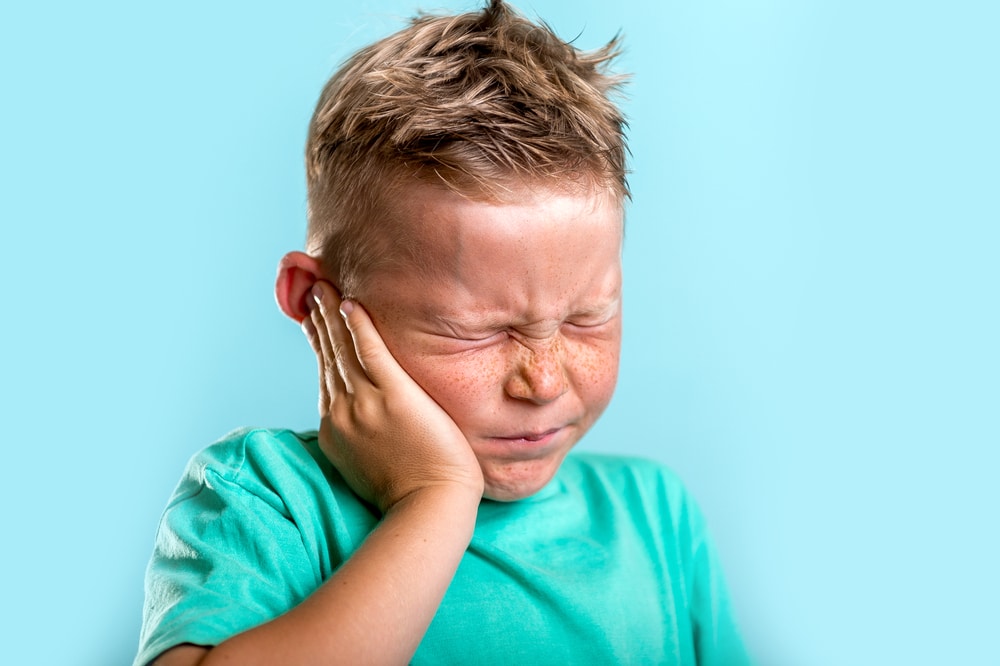
Medical Factors
Medical factors including Hyperactivity disorders, Cerebral Palsy, Down syndrome, Restless Leg syndrome and Epilepsy as well as a number of medications can cause clenching and grinding.
Psychological Factors
Stress and Anxiety Stress and anxiety are common causes of bruxism in both children and adults. Children may experience stress and anxiety related to school, social situations, or family dynamics.
Bruxism can be a way for children to cope with these feelings, but it can also exacerbate stress and anxiety by causing dental problems and discomfort.
Addressing the underlying stressors through therapy or stress-reducing techniques can help alleviate bruxism.
Hyperactivity and Attention Deficit Hyperactivity Disorder (ADHD) Children with hyperactivity and ADHD may be more prone to bruxism, as the condition can cause increased muscle tension and difficulty relaxing.
In some cases, bruxism may be a side effect of medication used to treat ADHD. Treating the underlying condition and adjusting medication as needed can help alleviate bruxism in these cases.
Bruxism in children can have various causes, including physical and psychological factors. Identifying the underlying cause of a child’s bruxism is essential to determine the appropriate treatment. In some cases, addressing the underlying cause, such as a sleep disorder or malocclusion, can resolve bruxism.
In other cases, managing stress or addressing a child’s ADHD may be necessary. It is important for parents to monitor their child’s oral health and seek appropriate treatment if bruxism persists or causes discomfort.
Identifying Bruxism in Your Child
Bruxism, also known as teeth grinding or teeth clenching, is a common condition that affects both children and adults.
It is a condition that occurs involuntarily and can happen during the day or while asleep. In children, it is not unusual for it to go unnoticed by parents or caregivers, but it is important to identify the symptoms early on to prevent long-term complications.
In this section, we will be focusing on how to identify bruxism in your child without professional diagnosis.
Grinding sounds during sleep
One of the most obvious signs of bruxism is grinding sounds during sleep. Parents or caregivers may hear their child grinding their teeth or see them clenching their jaw while they are asleep.
This is because the pressure of clenching or grinding the teeth creates a sound that can be easily audible.
Morning jaw or facial pain
Another common symptom of bruxism is morning jaw or facial pain. Children who grind their teeth during the night may wake up with a sore jaw, face, or even a headache.
This is because the excessive clenching and tooth grinding can cause muscle tension and inflammation in the jaw and surrounding areas.
Worn-down or chipped teeth
Teeth grinding can cause significant damage to a child’s teeth. Over time, the pressure of clenching and grinding can wear down the enamel, causing the teeth to become worn down or even chipped.
If you notice that your child’s teeth are showing signs of wear or damage, it is important to speak to a dentist.
Frequent headaches
Headaches are a common symptom of bruxism in both children and adults. The pressure and tension caused by clenching and grinding the teeth can lead to headaches and migraines.
When to consult a dental professional:
While it is possible to identify the signs and symptoms of bruxism in your child without professional diagnosis, it is always recommended to speak to the child’s dentist if you suspect that your child may be grinding their teeth.
A pediatric dentist, will be able to examine your child or baby’s teeth, and jaw, and determine the severity of the condition. They may also recommend treatment options, such as a mouth guard or natural remedies.
While most cases are mild and do not require treatment, some children may experience symptoms such as jaw pain, headaches, sore gums and tooth sensitivity, which can affect their quality of life. Fortunately, there are several therapies available to help manage and reduce the symptoms of sleep bruxism in children. In this section, we will provide an overview of the recommended therapies for pediatric bruxism.
A. Physiotherapy
Physiotherapy can help improve the strength and flexibility of the muscles involved in jaw movement and reduce tension in the facial muscles. Some of the recommended physiotherapy techniques for children with bruxism include:
Exercises to strengthen jaw muscles: These exercises involve simple movements such as opening and closing the mouth, moving the jaw side to side, and pushing the jaw forward. These exercises can help improve the strength and coordination of the jaw muscles, which can reduce the frequency and intensity of teeth grinding.
Relaxation techniques for facial muscles: Relaxation techniques such as deep breathing, meditation, and progressive muscle relaxation can help reduce tension in the facial muscles and promote relaxation. These techniques can be especially helpful for children who grind their teeth due to stress or anxiety.
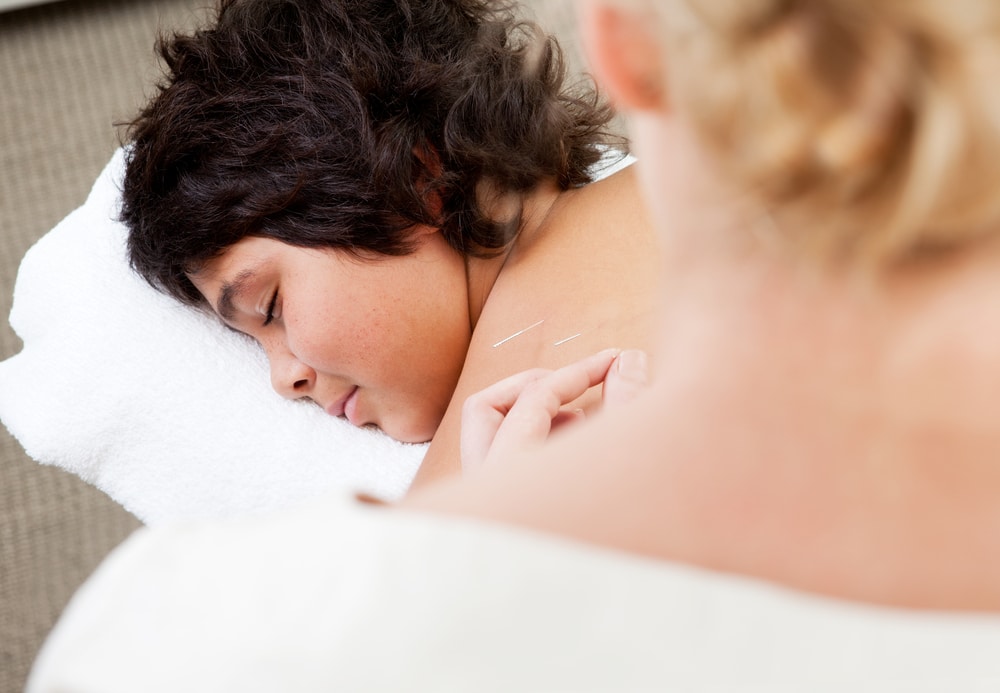
B. Psychotherapy
Psychotherapy can help children manage the underlying emotional and psychological factors that may contribute to bruxism. Some of the recommended psychotherapy techniques for children with bruxism include:
Cognitive-behavioral therapy (CBT): CBT is a type of talk therapy that can help children identify and change negative thoughts and behaviors that may be contributing to their bruxism. CBT can also help children develop coping strategies for stress and anxiety, which can reduce the frequency and intensity of teeth grinding.
Stress management and relaxation techniques: Stress management techniques such as deep breathing, meditation, and yoga can help children manage stress and anxiety, which can reduce the frequency and intensity of teeth grinding. Relaxation techniques such as guided imagery and progressive muscle relaxation can also help promote relaxation and reduce tension in the facial muscles.
C. Additional treatment options
In addition to physiotherapy and psychotherapy, there are several other treatment options available to manage sleep bruxism in children. These include:
Dental splints or mouth guards: Are custom-made devices that fit over the teeth and provide a protective barrier between the upper and lower teeth.
These devices can help reduce the damage caused by teeth grinding and protect the teeth from further wear and tear.
Medications (in severe cases): In severe cases of sleep bruxism, medications such as muscle relaxants or antianxiety medications may be prescribed to help manage the symptoms. However, these medications are generally not recommended for children due to the risk of side effects.
There are several therapies available to help manage and reduce the symptoms of sleep bruxism in children. Physiotherapy and psychotherapy techniques such as exercises to strengthen jaw muscles, relaxation techniques for facial muscles, CBT, and stress management can be especially helpful for children who grind their teeth due to stress or anxiety.
Dental splints or mouth guards can also help protect the baby’s teeth from further wear and tear. If you suspect that your child may be grinding their teeth at night, it is important to consult with a dentist or healthcare provider to determine the best course of treatment.
Tips for Parents to Prevent or Manage Bruxism in Children
Bruxism, or a child’s teeth grinding together, is a common dental problem that affects many children. While it may not be a serious health concern, it can lead to complications such as headaches, jaw pain, and dental damage. As a parent, it is important to manage your child’s bruxism to ensure their oral health and well-being. In this section, we will discuss some simple tips for parents to manage childhood bruxism.
One of the most effective ways to manage bruxism in children is by encouraging a consistent calming bedtime routine. This means establishing a regular sleep schedule and sticking to it. Children who go to bed and wake up at the same time every day are less likely to grind their teeth. This is because a consistent sleep schedule helps regulate their body clock and reduce stress levels.
When creating a calming bedtime routine for your child, consider including relaxing activities such as reading a book, taking a warm bath, or listening to calming music. Avoid activities that may overstimulate them, such as watching TV or playing video games. Additionally, make sure their sleeping environment is conducive to sleep. Ensure that the room is dark, quiet, and comfortable, with a cool temperature.
Create a calm and relaxing sleep environment
As mentioned earlier, a calm and relaxing sleep environment is crucial for managing bruxism in older children too. This means minimizing noise and distractions that may disrupt their sleep. If your child is a light sleeper, consider using earplugs or white noise machines to drown out any outside noise.
You can also create a relaxing sleep environment by incorporating soothing scents. Lavender, for instance, is known for its calming properties and can help your child relax before bedtime. You can use essential oils or scented candles to infuse the room with this scent.
Another way to create a calm sleep environment is by using comfortable bedding. Make sure your child’s pillow and mattress are comfortable and provide adequate support. This will help prevent them from tossing and turning at night, which can lead to teeth grinding.
Stress is a common cause of bruxism in children. As a parent, it is important to monitor and manage your child’s stress levels to prevent teeth grinding. Stress can be caused by a variety of factors, such as school work, family issues, or social pressures.
To help your child manage stress, encourage open communication. Let them know that they can talk to you about anything that is bothering them. Listen attentively and provide reassurance and support. You can also teach them relaxation techniques such as deep breathing, meditation, or yoga.
Another way to manage stress is by incorporating physical activity into their daily routine. Exercise is a great way to relieve stress and release tension. Encourage your child to engage in physical activities they enjoy, such as sports, dancing, or bike riding.
Maintain regular dental checkups
Regular dental checkups are essential for managing bruxism in children. A dentist can diagnose and treat any dental issues related to teeth grinding, such as worn down teeth or misaligned teeth and jaws. They can also provide a custom-fitted mouthguard to prevent further dental damage.
During dental checkups, the dentist will also check for signs of bruxism, such as tooth wear, jaw pain, or headaches. If they suspect that your child is grinding their teeth, they may recommend further tests or refer you to a specialist.
In addition to dental checkups, it is important to maintain good oral hygiene practices at home. Encourage your child to brush their teeth twice a day and floss daily. This will help prevent dental issues that may exacerbate bruxism.
Childhood teeth grinding or bruxism can be a concerning issue for parents, especially if the condition persists over time. While occasional teeth grinding is normal and often harmless, persistent bruxism can lead to dental problems, headaches, and jaw pain. Therefore, it is important for parents to be aware of the potential causes and symptoms of bruxism to seek appropriate treatment if needed.
One of the most common causes of childhood bruxism is sleep disorders, such as sleep apnea, snoring, and restless leg syndrome. These conditions can cause a child to grind their teeth as they struggle to breathe during sleep or find a comfortable position for their jaw. Malocclusion, or the misalignment of teeth, is another physical factor that can contribute to bruxism in children.
Psychological factors, such as stress, anxiety, and hyperactivity, can also lead to childhood bruxism. Children who experience stress and anxiety may grind their teeth as a way to cope with these feelings, while those with hyperactivity and attention deficit hyperactivity disorder (ADHD) may be more prone to bruxism due to increased muscle tension and difficulty relaxing.
If left untreated, childhood bruxism can lead to a range of dental problems, including tooth wear, chipping, and sensitivity. In severe cases, bruxism can even lead to jaw pain, headaches, and temporomandibular joint (TMJ) disorder. Therefore, parents should be vigilant in monitoring their child’s oral health and seeking treatment if necessary.
The good news is that many cases of childhood bruxism can be treated effectively. Treatment options may include dental appliances, such as night guards or splints, to protect the baby teeth from further damage. In some cases, addressing the underlying cause of bruxism, such as treating a sleep disorder or managing stress, can also alleviate the condition.

